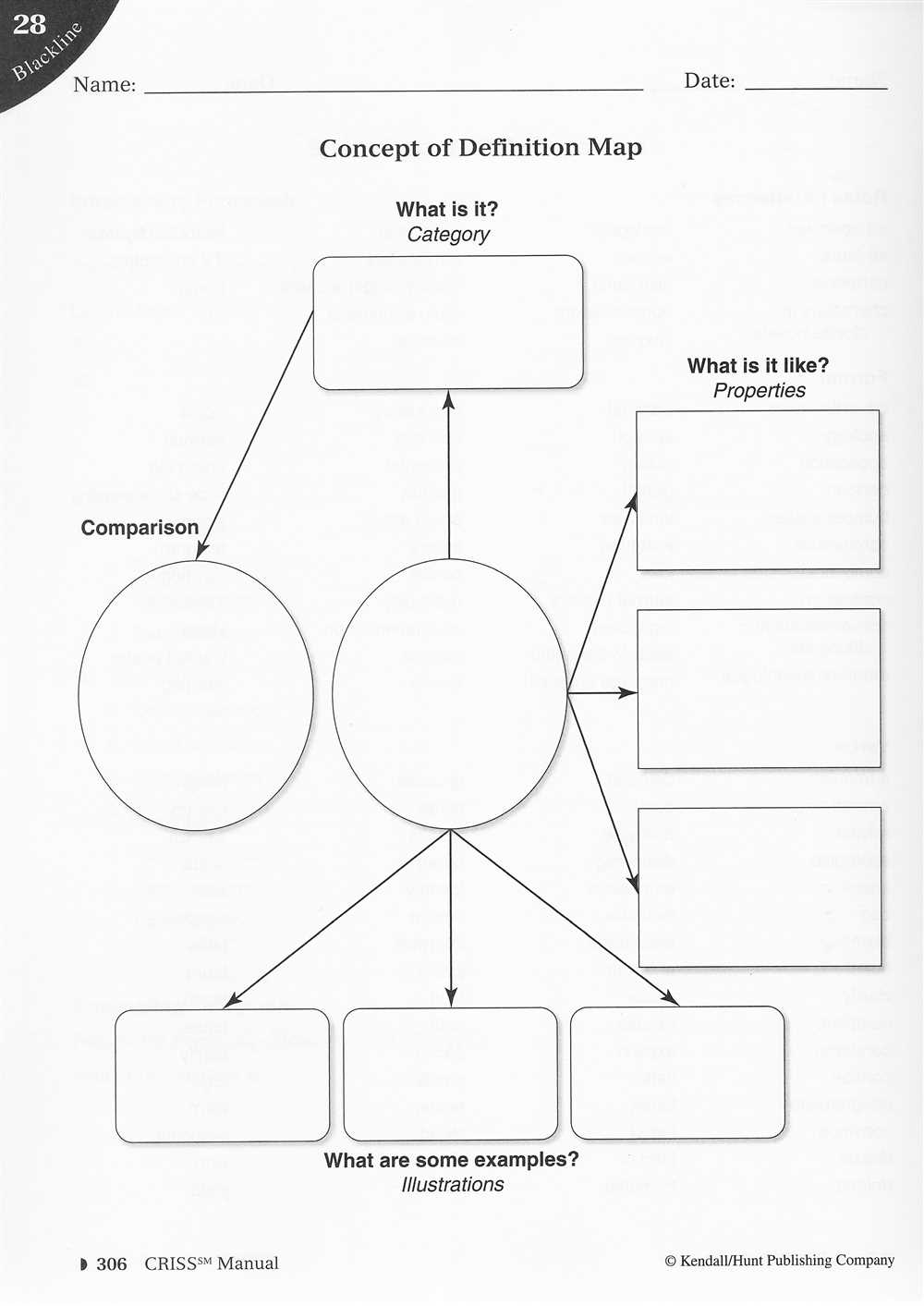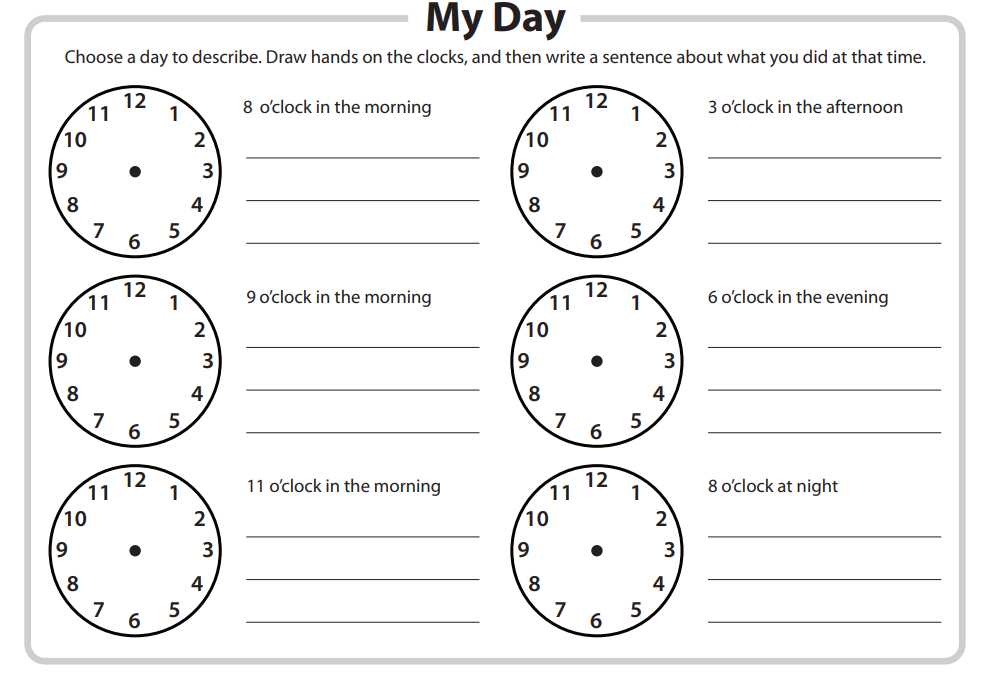
As students delve into the study of American history, the Jeffersonian era holds a significant place. This period, which encompasses the presidency of Thomas Jefferson from 1801 to 1809, was marked by numerous transformative events and policies that shaped the young nation.
One way to gain a deeper understanding of this crucial era is by using worksheets designed to test knowledge and comprehension. These worksheets provide students with a range of questions and activities that prompt them to analyze primary and secondary sources, make connections between historical events, and develop critical thinking skills.
In order to effectively complete a worksheet on the Jeffersonian era, students need accurate and comprehensive answers. By thoroughly answering the questions, students will not only demonstrate their understanding of the subject matter, but also cultivate a deeper appreciation for the complexity and significance of this important time in American history.
This article aims to provide detailed answers to key questions on a typical Jeffersonian era worksheet. By providing accurate information and contextual analysis, these answers will help students effectively complete their worksheets and enhance their overall understanding of this historic period.
The Jeffersonian Era Worksheet Answers

In the Jeffersonian Era Worksheet, students are tasked with answering various questions about the presidency and policies of Thomas Jefferson. Let’s take a look at some of the answers to these questions to gain a deeper understanding of this important period in American history.
1. What were Jefferson’s main goals as president?
As president, Jefferson had several main goals. One of his primary objectives was to reduce the power of the federal government and promote the rights of the states. He believed in a strict interpretation of the Constitution and aimed to limit the authority of the executive branch. Another goal was to expand the territorial boundaries of the United States through the Louisiana Purchase, which doubled the size of the country. Jefferson also focused on promoting agrarianism and supporting the interests of farmers.
2. How did Jefferson try to limit the influence of the federal government?
Jefferson attempted to limit the influence of the federal government in several ways. He reduced the size and budget of the military and eliminated several federal jobs. He also worked to eliminate the national debt and reduce taxes. Jefferson believed that a small federal government would lead to greater individual liberty and prevent the abuse of power. Additionally, he advocated for a strict interpretation of the Constitution, arguing that the federal government should only possess the powers explicitly granted to it by the document.
3. What impact did the Louisiana Purchase have on the United States?
The Louisiana Purchase had a significant impact on the United States. By acquiring the vast territory from France, the country was able to more than double its size, gaining control over important trade routes and access to valuable resources. The purchase also opened up new opportunities for westward expansion and settlement. Additionally, it demonstrated Jefferson’s commitment to territorial expansion and his willingness to make bold decisions in the best interest of the nation.
4. How did Jefferson’s presidency shape the future of the United States?
Jefferson’s presidency had a lasting impact on the United States. His emphasis on states’ rights and limited government influenced the trajectory of American politics and governance. Jefferson’s vision of an agrarian society and his support for westward expansion laid the groundwork for future policies and initiatives, such as the Homestead Act and Manifest Destiny. Furthermore, his leadership during the Louisiana Purchase highlighted the importance of territorial expansion in shaping America’s growth and global influence.
In conclusion, the Jeffersonian Era Worksheet provides valuable insights into the presidency and policies of Thomas Jefferson. Through analyzing the answers to these questions, we can gain a deeper understanding of his goals, his attempts to limit federal government power, the impact of the Louisiana Purchase, and the lasting legacy of his presidency.
The Election of Thomas Jefferson

The election of Thomas Jefferson in 1800 marked a significant turning point in American history. It not only brought a change in leadership, but also represented a significant shift in political ideology.
Jefferson, a Republican, ran against John Adams, the incumbent Federalist president. The campaign was highly contentious, with both sides fiercely advocating for their respective beliefs and goals for the country.
One of the key themes of Jefferson’s campaign was his focus on agrarianism and the expansion of westward settlement. He believed in the importance of individual liberty and limited government intervention in people’s lives. Jefferson also emphasized the need for states’ rights and a strict interpretation of the Constitution.
Jefferson’s electoral victory ushered in an era known as the Jeffersonian Era or the Republican Era. During his presidency, Jefferson made significant policy changes, such as the Louisiana Purchase and the Lewis and Clark expedition, which aimed to explore and expand America’s western territories.
Furthermore, Jefferson’s presidency saw a strong emphasis on the principles of democracy, with a belief in the power of the people and their ability to govern themselves. He sought to dismantle the Federalist legacy and create a government that reflected the values of the common man.
In conclusion, the election of Thomas Jefferson was a pivotal moment in American history, bringing about significant changes in political ideology, government policy, and the expansion of the United States. Jefferson’s presidency laid the foundation for the growth of agrarianism and democratic principles that would shape the nation for years to come.
Jefferson’s Presidency and Policies
Thomas Jefferson, the third president of the United States, took office in 1801 with a vision of expanding American territory and promoting a more agrarian and democratic society. During his presidency, Jefferson implemented a number of policies that shaped the nation and had a lasting impact on its development.
One of Jefferson’s key policies was his emphasis on territorial expansion. He believed that acquiring more land was essential for the growth and success of the United States. In 1803, Jefferson negotiated the Louisiana Purchase, which doubled the size of the country and opened up vast new territories for settlement and exploration. This acquisition laid the foundation for westward expansion and the eventual development of the American frontier.
Jefferson also sought to promote an agrarian society and reduce the influence of the urban elite. He believed that small, independent farmers were the backbone of the nation and wanted to ensure their success. To achieve this, he implemented policies such as the Embargo Act of 1807, which aimed to protect American interests by prohibiting trade with foreign nations. While this policy was intended to promote domestic industries, it had negative effects on the American economy and led to widespread smuggling and economic hardships.
In addition to his focus on territorial expansion and agrarianism, Jefferson was also a strong proponent of limited government and individual liberties. He believed in strict interpretation of the Constitution and was wary of centralized power. Jefferson championed the principles of states’ rights and advocated for a smaller federal government. He also championed the freedom of the press and freedom of speech, believing that an informed and engaged citizenry was essential for a functioning democracy.
Expansion of the United States
The expansion of the United States was a significant development that shaped the nation’s history and influenced its future. The country’s territorial expansion began with the Louisiana Purchase in 1803, which doubled the size of the United States overnight. This acquisition of land from France allowed the United States to expand westward and gain control over the Mississippi River and the port of New Orleans.
As the United States expanded, it faced conflicts and challenges, particularly in relation to Native American tribes. The government implemented policies such as the Indian Removal Act of 1830, which forcibly relocated Native American tribes from their ancestral lands to designated reservations in the West. This policy led to the displacement and suffering of many Native American communities.
Moreover, the expansion of the United States also led to conflicts with other nations. One notable example is the Mexican-American War (1846-1848), which resulted in the acquisition of vast territories in the Southwest, including present-day California, New Mexico, and Arizona. The acquisition of this territory further fueled tensions between the North and the South regarding the expansion of slavery.
The expansion of the United States was driven by various factors, including population growth, economic opportunities, and the belief in Manifest Destiny, the idea that it was the nation’s destiny to spread across the continent. It resulted in significant political and social changes, the displacement of Native American tribes, and the eventual division over the issue of slavery. The expansion of the United States was a pivotal chapter in the nation’s history, shaping its identity and setting the stage for future development and conflicts.
The Louisiana Purchase

The Louisiana Purchase was a significant event in American history that happened in 1803. It was a land acquisition deal between the United States and France, where the U.S. bought approximately 827,000 square miles of land west of the Mississippi River for $15 million. This territory stretched from the Mississippi River to the Rocky Mountains, doubling the size of the United States at the time.
Key Phrases: Louisiana Purchase, American history, land acquisition, United States, France, Mississippi River, $15 million, territory, Rocky Mountains
The Louisiana Purchase was a strategic move for President Thomas Jefferson, who believed in territorial expansion and saw the opportunity to gain control of the important port of New Orleans. With control over New Orleans, the United States would have access to the Mississippi River and its tributaries, which were crucial for trade and transportation. By acquiring the entire Louisiana Territory, Jefferson secured the future of the United States as a continental power and opened up new possibilities for westward expansion.
This purchase had several significant impacts on the development of the United States. It provided vast new opportunities for settlement, agriculture, and trade, as the territory was rich in natural resources and fertile land. It also removed the potential threat of a foreign power controlling the Mississippi River, ensuring American dominance in the region. Additionally, the Louisiana Purchase paved the way for the Lewis and Clark expedition, which explored and mapped the newly acquired territory and contributed to the understanding of the American West.
In conclusion, the Louisiana Purchase was a monumental event that shaped the course of American history. It expanded the nation’s borders, secured vital resources, and strengthened its position as a rising world power. Today, the Louisiana Purchase is recognized as a landmark moment in American history and a testament to the vision and leadership of President Thomas Jefferson.
Lewis and Clark Expedition
The Lewis and Clark Expedition was a historic journey undertaken by Meriwether Lewis and William Clark from 1804 to 1806. It was commissioned by President Thomas Jefferson with the goal of exploring and mapping the newly acquired western territories of the United States, including the Louisiana Purchase.
Preparation and Goals: Before embarking on their expedition, Lewis and Clark spent months preparing and gathering provisions. Their main objectives were to find a practical route to the Pacific Ocean, establish trade with Native American tribes, and document the flora, fauna, and geography of the region. They also hoped to discover a water route that would connect the Mississippi River to the Pacific Ocean.
The Journey: The expedition began in May 1804, with Lewis and Clark leading a group of approximately 30 men known as the Corps of Discovery. They navigated the Missouri River with the help of a specially designed boat, the keelboat, and canoes. Along the way, they encountered various challenges such as treacherous landscapes, harsh weather conditions, and encounters with hostile Native American tribes.
Discoveries and Achievements: Despite the difficulties, Lewis and Clark made numerous discoveries and achievements during their expedition. They identified and described more than 100 new plant and animal species, including the grizzly bear and pronghorn antelope. They also established friendly relations with many Native American tribes, such as the Mandan and Shoshone, who provided them with vital information and assistance.
Legacy: The Lewis and Clark Expedition played a significant role in expanding the knowledge and understanding of the western territories of the United States. Their detailed accounts and maps paved the way for future settlers, fur traders, and other explorers. The expedition also helped to solidify American sovereignty over the newly acquired lands and established a precedent for future westward expansion.
In conclusion, the Lewis and Clark Expedition was a remarkable and influential journey that contributed to the exploration and expansion of the United States. It remains an important chapter in American history and exemplifies the spirit of exploration and discovery that characterized the Jeffersonian era.
Challenges and Conflicts during Jefferson’s Presidency
Thomas Jefferson’s presidency faced numerous challenges and conflicts, both domestically and internationally. One of the major challenges was the ongoing conflict between the United States and Britain, which eventually led to the War of 1812. The British navy’s practice of impressment, which involved kidnapping American sailors and forcing them to serve in the British navy, was a major source of tension. Jefferson attempted to address this issue through economic measures, such as the Embargo Act of 1807, which aimed to cut off trade with both Britain and France. However, the act ended up hurting the American economy more than it did the British or French.
Another major conflict during Jefferson’s presidency was the issue of slavery. Although Jefferson himself owned slaves, he expressed mixed views on the institution and even advocated for its eventual extinction. However, the expansion of slavery into newly acquired territories, such as the Louisiana Purchase, became a source of tension between the North and the South. This conflict would eventually lead to the American Civil War several decades later.
Internally, Jefferson faced challenges from his political opponents, particularly the Federalists. The Federalists criticized Jefferson’s policies, such as his support for a strict interpretation of the Constitution and his reduction of the national debt. They also opposed his territorial expansion, arguing that it would further divide the nation. Jefferson’s presidency was marked by constant political battles with the Federalists, but he was able to navigate through these conflicts and achieve many of his goals, including the acquisition of the Louisiana Territory.
Overall, Jefferson’s presidency was characterized by numerous challenges and conflicts, both on the domestic and international fronts. However, he was able to navigate through these difficulties and leave a lasting impact on the nation, shaping its future direction and expansion.